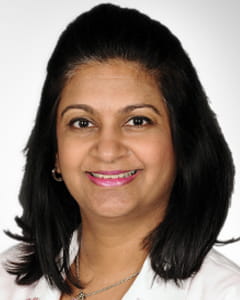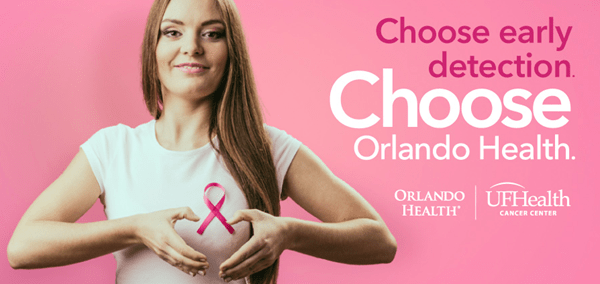Breast Density Doesnt Always Lead to a High Risk of Cancer
For a long time, we’ve thought that high breast density increased a woman’s risk for breast cancer.
Women with very dense breast tissue are as much as five times more likely to develop breast cancer than women with low breast density. But a recent study shows the connection between breast density and breast cancer isn’t as clear or as simple as we once thought.
A team of breast cancer experts found that only about 50 percent of women with breast dense tissue have such a high cancer risk that they need additional screening. Researchers reviewed the medical records of more than 365,000 women ages 40-74 who underwent mammograms over a nine-year period. They found that women with a moderate five-year risk of developing cancer who also had extremely dense or “heterogeneously dense” breasts—where more than 50 percent of breast tissue is dense—are more likely to have advanced cancer within one year of a mammogram.
Researchers said this high-risk group should have additional screening, such as an MRI or ultrasound, after a mammogram to better detect potential breast cancer.
Understanding Breast Density
About 45 percent of all women ages 40-74 have dense breasts. Dense breasts have less fatty tissue and more non-fatty tissue than low density breasts. Breast density is important not only because of its link to cancer risk, but also because it makes cancer detection on a mammogram more difficult. Tissue in dense breasts appear white on a mammogram—the same color as cancer tumors. Women with low density breasts have more fatty tissue, which appear dark on a mammogram, so if tumors do appear on a mammogram they are easier to see.
Though the study’s findings give us more insight into certain high-risk groups that may benefit from additional cancer screening, we still need more research to clearly define who is high risk and who isn’t. Obviously, the goal is to catch cancer as early as possible, but all women with very dense breasts may not have a very high cancer risk and may not need additional screening.
Only a mammogram can identify dense breasts, so if you’re concerned about this or don’t know your breast density, you should get this information during your regular mammogram. If you do have dense breast, do a breast self-exam every month, get a breast exam every year during your annual check-up and get a digital mammogram every year beginning at age 40. Eating a healthy, nutrient-rich diet, regular exercise and limiting or avoiding alcohol and smoking also will lower your cancer risk.
If you have very dense breasts, talk to your doctor about getting an MRI, ultrasound or other screening test after your regular mammogram. High breast density doesn’t necessarily equal cancer, but it does mean you must be more proactive about screening and breast health. Early detection is lifesaving in many cases, so get a mammogram and work with your doctor to develop a screening plan that works best for your health.Reduce Your Risk of Breast Cancer
Breast cancer is the second most common type of cancer among women in the United States. However, with early diagnosis, breast cancer has a relative survival rate of better than 90 percent. Monthly self breast exams can help you be familiar with how your breasts normally look and feel.
Download a self-examination guide here







